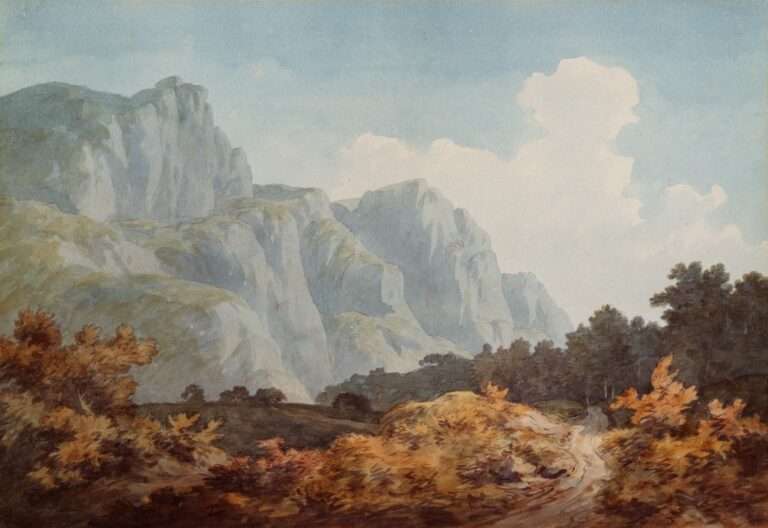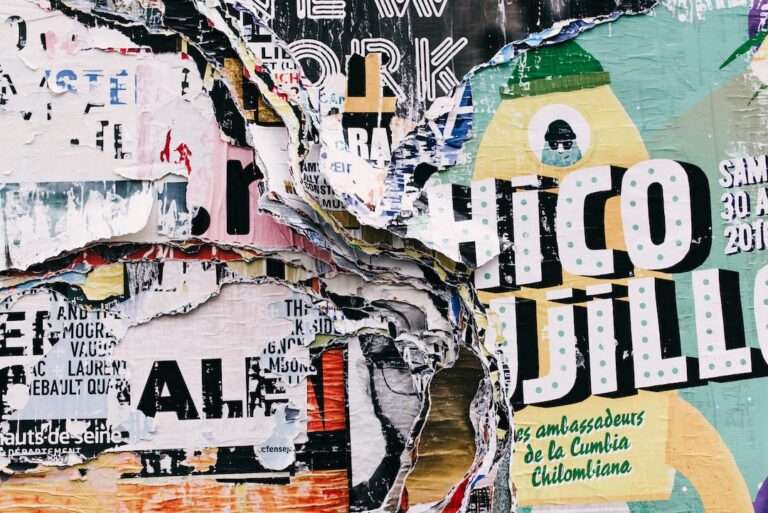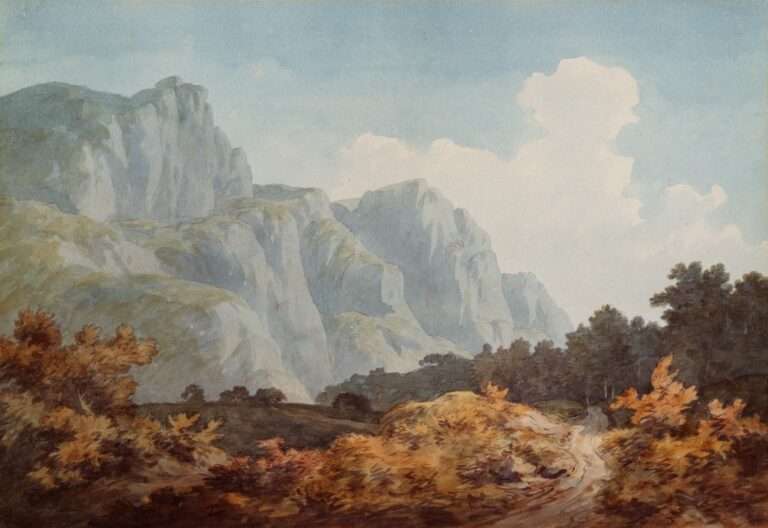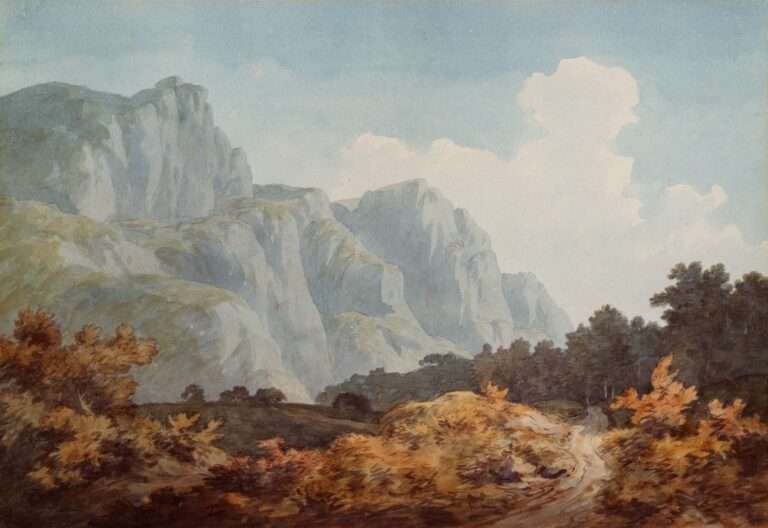Realism Symbolism in Art: A Journey Through Time
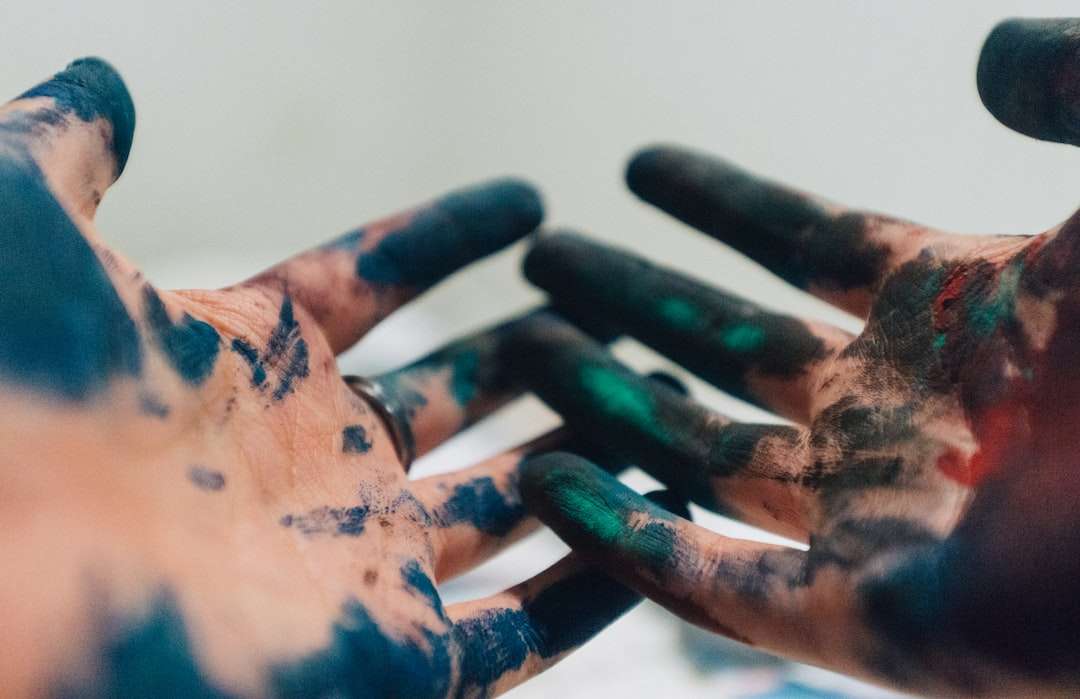
Realism symbolism in art is a concept that combines the realistic depiction of objects or figures with symbolic elements that convey deeper meaning and emotion. It is an artistic technique that has been used throughout history to create powerful and thought-provoking works of art. Understanding the concept of realism symbolism is important because it allows us to appreciate the complexity and depth of meaning in these artworks, and it provides insight into the artist’s intentions and message.
The Evolution of Realism Symbolism
Realism symbolism can be traced back to early examples in art history. One of the earliest examples is found in ancient Egyptian art, where symbolic elements were used to represent religious or mythological concepts. This tradition continued throughout the Renaissance period, with artists such as Leonardo da Vinci and Michelangelo incorporating symbolic elements into their realistic paintings and sculptures.
As artistic movements evolved, so did realism symbolism. In the 19th century, the Romantic movement embraced symbolism as a way to express emotions and explore the subconscious mind. Artists like Caspar David Friedrich and William Blake used symbolism to convey a sense of mystery and spirituality in their works.
The role of modernism in shaping realism symbolism cannot be understated. Artists like Salvador Dali and Rene Magritte pushed the boundaries of traditional representation by incorporating surreal and dreamlike elements into their realistic paintings. This fusion of realism and symbolism created a new form of artistic expression that challenged conventional ideas about art.
The Significance of Realism Symbolism in Art
Realism symbolism serves a purpose beyond mere representation. It allows artists to convey meaning and emotion in a way that goes beyond what can be seen on the surface. By incorporating symbolic elements into their works, artists are able to tap into universal themes and evoke a deeper emotional response from the viewer.
Symbolism in art can take many forms, from simple visual cues to more complex allegorical representations. It can be used to represent abstract concepts such as love, death, or time, or it can be used to comment on social and political issues. The use of symbolism in art adds layers of meaning and depth to the artwork, inviting the viewer to engage with the work on a deeper level.
The impact of realism symbolism on the viewer is profound. It invites contemplation and interpretation, allowing the viewer to connect with the artwork on a personal and emotional level. Realism symbolism has the power to evoke strong emotions and provoke thought, making it a powerful tool for artists to communicate their ideas and messages.
The Techniques of Realism Symbolism
The artistic process of creating realism symbolism involves careful planning and execution. Artists must first decide on the symbolic elements they want to incorporate into their work and how they will be represented. This can involve research and exploration of different symbols and their meanings.
Once the symbolic elements have been chosen, artists must then find ways to integrate them into the realistic depiction of their subject matter. This can be done through subtle visual cues, such as the use of color or composition, or through more overt symbols that are clearly recognizable.
Examples of techniques used in realism symbolism include the use of objects or animals as symbols, the incorporation of religious or mythological imagery, and the use of visual metaphors. These techniques allow artists to create works that are both visually striking and intellectually stimulating.
The Impact of Realism Symbolism on Artistic Movements
Realism symbolism has had a significant impact on artistic movements throughout history. It has influenced the way artists approach their subject matter and has challenged traditional notions of representation.
In the 19th century, realism symbolism played a key role in the development of the Symbolist movement. Artists like Gustave Moreau and Odilon Redon used symbolism as a way to explore themes of spirituality, dreams, and the subconscious mind. Their works were characterized by richly symbolic imagery and a sense of mystery and ambiguity.
In the 20th century, realism symbolism continued to shape artistic movements such as Surrealism and Magical Realism. Artists like Salvador Dali and Frida Kahlo used symbolism to create dreamlike and fantastical worlds that challenged the boundaries of reality. These movements were characterized by their use of symbolism to explore the inner workings of the mind and the subconscious.
Realism Symbolism in Contemporary Art

Despite the rise of abstract and conceptual art in the 20th century, realism symbolism remains relevant in contemporary art. Many artists continue to use symbolism as a way to convey meaning and emotion in their works.
Contemporary artists often use realism symbolism to comment on current cultural and social issues. They may incorporate symbols that represent political or environmental concerns, or they may use symbolism to explore themes of identity and personal experience.
One example of a contemporary artist using realism symbolism is Kehinde Wiley. His portraits often feature African American subjects in poses reminiscent of classical European paintings, challenging traditional notions of power and representation. Through the use of symbolic elements such as clothing or background imagery, Wiley creates works that are both visually striking and socially relevant.
The Role of Realism Symbolism in Cultural and Social Commentary
Realism symbolism has long been used as a tool for cultural and social commentary. Artists have used symbolism to make statements about political, social, and environmental issues, often challenging prevailing ideologies and norms.
One example of an artist using realism symbolism to comment on cultural issues is Banksy. His street art often incorporates symbolic elements that critique capitalism, consumerism, and political corruption. By using symbols such as rats or flowers, Banksy creates works that are visually striking and thought-provoking, inviting viewers to question the status quo.
The impact of realism symbolism on society is significant. It has the power to challenge our preconceived notions and provoke thought and discussion. By using symbols to convey meaning, artists are able to communicate complex ideas in a way that is accessible and engaging.
The Intersection of Realism Symbolism and Other Artistic Styles
Realism symbolism often intersects with other artistic styles, creating works that are visually striking and intellectually stimulating. Artists may combine realism symbolism with abstract or expressionistic elements, creating a juxtaposition of styles that adds depth and complexity to the artwork.
One example of the intersection of realism symbolism and other artistic styles is the work of Frida Kahlo. Her paintings often feature realistic depictions of herself or others, combined with symbolic elements that represent her personal experiences and emotions. This fusion of realism and symbolism creates works that are both visually captivating and emotionally charged.
The impact of combining different artistic styles in realism symbolism is that it allows artists to create works that are multi-layered and open to interpretation. By using different techniques and styles, artists are able to create works that challenge traditional notions of representation and invite viewers to engage with the artwork on a deeper level.
Realism Symbolism in Literature and Film
Realism symbolism is not limited to the visual arts; it is also used in literature and film to convey meaning and emotion. In literature, authors often use symbolic elements to represent abstract concepts or to create allegorical narratives.
One example of realism symbolism in literature is the novel “To Kill a Mockingbird” by Harper Lee. The mockingbird is a symbol that represents innocence and the loss of innocence, and it serves as a powerful metaphor throughout the novel. By using this symbol, Lee is able to explore themes of racism, injustice, and the loss of childhood innocence.
In film, directors often use symbolism to create visual metaphors or to convey deeper meaning. One example is the film “The Shawshank Redemption,” where the character Andy Dufresne’s escape through a tunnel represents his journey from imprisonment to freedom. This symbolic element adds depth and meaning to the film, allowing viewers to connect with the character on a deeper level.
The Future of Realism Symbolism in Art
The future of realism symbolism in art is promising. As artists continue to explore new ways of expressing themselves and engaging with their audience, realism symbolism will likely evolve and adapt to reflect current cultural and social issues.
In response to the challenges of the 21st century, artists may incorporate new symbols and imagery into their works to comment on issues such as climate change, globalization, or technological advancements. They may also experiment with new techniques and styles, combining realism symbolism with digital media or interactive elements.
The role of realism symbolism in shaping the future of art cannot be underestimated. It has the power to challenge our perceptions and provoke thought and discussion. By using symbolism to convey meaning and emotion, artists are able to create works that are both visually captivating and intellectually stimulating.
Conclusion
Realism symbolism in art is a powerful tool that allows artists to convey meaning and emotion in a way that goes beyond what can be seen on the surface. It has evolved throughout history, shaping artistic movements and challenging traditional notions of representation. Realism symbolism has had a significant impact on art history and continues to be relevant in contemporary art.
By using symbolic elements, artists are able to tap into universal themes and evoke a deeper emotional response from the viewer. Realism symbolism allows artists to comment on cultural and social issues, challenging prevailing ideologies and norms. It intersects with other artistic styles, creating works that are visually striking and intellectually stimulating.
Realism symbolism is not limited to the visual arts; it is also used in literature and film to convey meaning and emotion. It has the power to challenge our perceptions and provoke thought and discussion. The future of realism symbolism in art is promising, as artists continue to explore new ways of expressing themselves and engaging with their audience. Realism symbolism will continue to shape the future of art, allowing artists to create works that are both visually captivating and intellectually stimulating.
If you’re interested in exploring the symbolism behind different elements in art, you might find the article on “Symbolism of the Sun” from Symbolism Hub intriguing. This article delves into the various meanings associated with the sun in different cultures and artistic movements. From representing life and vitality to symbolizing enlightenment and spiritual awakening, the sun holds a significant place in art. To learn more about this fascinating topic, check out the Symbolism of the Sun article on Symbolism Hub.
FAQs
What is Realism Symbolism in Art?
Realism Symbolism in Art is a style of art that combines the realistic representation of objects and scenes with symbolic elements that convey deeper meanings.
When did Realism Symbolism in Art emerge?
Realism Symbolism in Art emerged in the late 19th century as a reaction against the idealized and romanticized depictions of the world that were popular at the time.
Who were some of the artists associated with Realism Symbolism in Art?
Some of the artists associated with Realism Symbolism in Art include Gustave Moreau, Odilon Redon, and James Ensor.
What are some common themes in Realism Symbolism in Art?
Common themes in Realism Symbolism in Art include the exploration of the subconscious mind, the use of mythological and religious symbolism, and the depiction of the darker aspects of human nature.
What techniques are commonly used in Realism Symbolism in Art?
Techniques commonly used in Realism Symbolism in Art include the use of vivid colors, the incorporation of dreamlike or surreal elements, and the use of intricate and highly detailed compositions.
What is the significance of Realism Symbolism in Art?
Realism Symbolism in Art represents a significant departure from traditional artistic styles and a rejection of the prevailing cultural norms of the time. It also paved the way for the development of other modern art movements, such as Surrealism and Expressionism.
